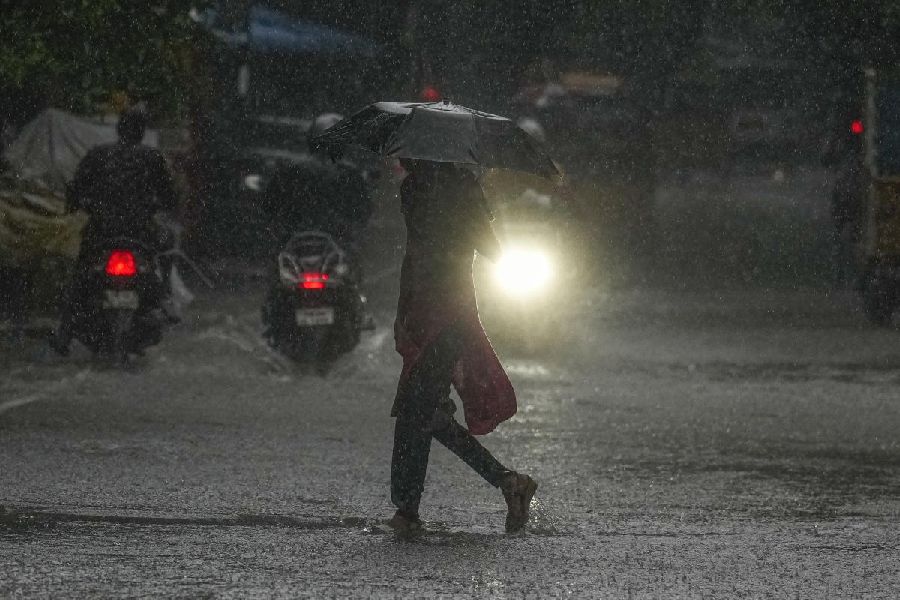Calcuttans breathed a bit cleaner air on Sunday compared with other winter days as rain on Saturday resulted in a “satisfactory” pollution index at all seven air quality monitoring stations in the city.
A state pollution control board (PCB) scientist said the rain helped wash away the pollutants floating in the air. However, pollutants will again accumulate in the air because of emissions from vehicles, industrial units and other sources.
At 4pm on Sunday, the air quality at all seven monitoring stations in Calcutta — located in Ballygunge, Bidhannagar, Jadavpur, Rabindra Bharati University (BT Road campus), Rabindra Sarobar, Fort William and Victoria Memorial — was “satisfactory”.
According to the Central Pollution Control Board (CPCB), the health impact of “satisfactory” air is “minor breathing discomfort to sensitive people”.
The change was hard to miss. The AQI (Air Quality Index) Bulletin for Saturday, Friday and Thursday, available on the website of the state pollution control board, showed the air quality was “moderate” at all stations barring Ballygunge on Friday and Thursday. The air quality was “satisfactory” at the Rabindra Sarobar station on Saturday and “moderate” at five other units.
The AQI Bulletin did not mention the air quality at the Ballygunge station on any of these three days.
“The change in air quality on Sunday was definitely because of the rain on Saturday. The city only got drizzles but that managed to wash away the pollutants. It is called wet scrubbing,” said the PCB scientist.
“It does not mean the air quality will remain so in the next few days. It will worsen again as pollutants accumulate in the air because of emissions from vehicles, construction work and industrial units, among other sources.”
During winter, the pollutants hang close to the ground as the air is cooler and heavier. The cool air does not rise up and disperse as quickly as warm air during summer, because of which the pollutants get trapped in the lower levels of the air and the air quality worsens, scientists said.
A spell of rain washes away the pollutants, scientists said.
The National Environmental Engineering Research Institute (NEERI) had in 2017-18 done a source apportionment study for Calcutta and Howrah. The report was submitted in 2019.
The study found that vehicles contributed 25 per cent of PM2.5 in Calcutta’s air during winter, secondary aerosols contributed 32 per cent, wood combustion contributed 15 per cent and coal burning 9 per cent.
In Howrah, vehicles accounted for 31 per cent of PM2.5, secondary aerosols 27 per cent, and wood and coal combustion 11 per cent each.
Saturday’s rain improved the air quality in Howrah, too. All five stations in Howrah — Belur Math, Dasnagar, Ghusuri, Padmapukur and Botanical Garden — recorded “moderate” air quality.
The AQI Bulletin prepared by the state PCB showed that Ghusuri and Padmapukur had recorded “poor” air on Saturday, Friday and Sunday.
According to the Central Pollution Control Board, “poor” air can cause “breathing discomfort to most people on prolonged exposure”.
A south Calcutta resident who went out with his family on Sunday said the visibility was much better. “The haze, so common during most of December, was missing. It was a sunny afternoon with good visibility,” said the man.











